Notes: Coed Poeth was situated on the Wrexham & Minera Railway which in its original form ran from a junction with the Chester and Shrewsbury line north of Wrexham called Wheatsheaf to a limeworks at Minera. The line opened in July 1847 and passed through the Moss Valley and Brymbo areas that had mines and ironworks. The line had two very steep rope worked inclines and two tunnels between Wheatsheaf Junction and Brymbo which were a hinderance once traffic levels built up. To solve the problem the Wrexham & Minera Railway (W&MR) company was incorporated on 17 May 1861 to build a three mile line from the Chester and Shrewsbury Railway at Croes Newydd to the original Minera line at Brymbo. The line opened as a single track branch on 22 May 1862 for goods services only and it was able to be worked by locomotives throughout. The original line closed between Brymbo and Moss but the rope worked incline on the east side of the Moss valley remained in use until 1908.
On 11 June 1866 the W&MR was amalgamated as the Wrexham & Minera Joint Railway with the Great Western Railway (GWR) and the London & North Western Railway (LNWR) as part of a plan to create a through route from Mold to Wrexham; it opened on 27 January 1872. The sections of line that did not form part of this route, including the route between Brymbo and Minera, were vested solely with the GWR in 1871.
The first attempt to introduce a passenger service onto the line had been in July 1866 but it failed as the line was deemed not to be up to passenger-carrying standards. The line between Croes Newydd and Brymbo became double track on 1 April 1882, and on 24 May 1882 the GWR introduced a passenger service between Wrexham General and Brymbo.
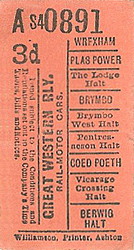 |
Coed Poeth station opened on 15 November 1897 when passenger services were extended west from Brymbo. Located on the north-east side of a level crossing, the station was on a curve, with its platform on the south-east side of the line. It was provided with a single platform, but there was a passing loop. At the mid point of the platform stood a single-storey brick building with a wooden canopy. North of the building there was a signal box with a brick-built ground floor and a timber upper floor. At the west end of the station was a water tower. The station was in a remote spot, almost a mile to the north of the village from which it took its name.
The station had goods facilities on the west side of the level crossing. A cottage stood adjacent to the level crossing on the west side, north of the line. Behind it were a loading ramp and two sidings. There was also a run- |
round loop to serve the goods yard.
At the time of opening Coed Poeth was served by trains from Wrexham General; no passenger services were operated west of Coed Poeth.
On 20 March 1905 a ‘railmotor’ service was introduced between Wrexham and Coed Poeth. On 1 May 1905 the railmotor began to run westwards beyond Coed Poeth to a new terminus at Berwig Halt. The GWR Summer timetable for 1905 showed six railmotor services running to Berwig, and nine to Wrexham, three services having terminated at Coed Poeth. Interestingly even though passenger services were in the hands of railmotors the timetable showed Coed Poeth as being able to deal with horses, by arrangement only. On Saturdays the service was increased to fifteen trains. Often railmotors had to be replaced with a locomotive and coaches on Saturday afternoons as demand was so heavy. The railmotor took 25 minutes to reach Wrexham General from Coed Poeth, a distance of under four miles.
It was reported in a newspaper on 23 June 1914 that Suffragettes
had burnt Coed Poeth station down as part of their campaign to obtain votes for women.
The July 1922 Bradshaw shows weekday departures from Coed Poeth for Berwig Halt at 8:00am, 10:05am, 2:28pm and at 3:45pm. There were additional departures for Berwig on Saturdays at 4:53pm and at 7:20pm but the 3:45pm service did not run. There were departures for Wrexham General at 8:25am, 10:39am, 1:13pm, 2:43pm, 4:05pm, 5:10pm, 6:15pm, 7:18pm, 8:22pm and 9:25pm. On Saturdays the 5:10pm service ran at 5:15pm instead; the 6:15pm at 6:30pm; and the 7:18pm at 7:50pm - but the 8:22pm did not run at all. There was no Sunday service.
| Bus competition had started to make inroads into passenger traffic receipts by the early 1920s, and by the early 1930s passenger services on the Wrexham and Minera line were hopelessly uneconomic. The GWR withdrew the service completely with effect from 1 January 1931, and Coed Poeth closed to passenger services. It was demolished after closure, leaving no |
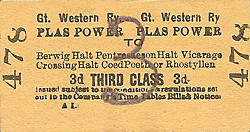 |
trace. The line had been built to carry the products of local mines, quarries and steelworks, and without the passenger service it could concentrate entirely on this traffic.
The line remained busy into the second half of the 20th century although economies were made from 25 July 1954 when a number of the level crossings west of Brymbo, not including that at Coed Poeth, became unmanned. On 6 September 1952 the Manchester Locomotive Society ‘Denbighshire Rail Tour’ called at Coed Poeth station as did the Stephenson Locomotive Society 'Wrexham and District Rail Tour' on 18 April 1959.
Coed Poeth station closed to goods services, except for private traffic, on 2 November 1964. Goods trains continued to serve Minera. A brake van tour, run by the Wirral Railway Circle on the 24 May 1969, passed through the station site.
The line through Coed Poeth between Brymbo West signal box and Minera closed with effect from 1 January 1972, and it was lifted shortly after. The station was demolished, and by 2011 nothing remained.
To See a film of the Wrexham & Minera Railway click here.
Ticket from Michael Stewart, Bradshaw from Nick Catford , route map drawn by Alan Young.
Sources:
- British Railway Companies, C. Awdry, 1990, Guild Publishing.
- Clinkers Register of Closed Passenger Stations and Goods Depots in England, Scotland and Wales - 1830 -1970 , C. R. Clinker & J. M. Firth, 1971
- Marcher Railways, by A. Bodlander, M. Hambly, H. Leadbetter, D. Southern & S. Weatherley, 2008, Bridge Books.
- Forgotten Railways - North and Mid Wales, Rex Christiansen, 1976, David & Charles.
- Railway Passenger Stations in Great Britain, M Quick, 2009, RCHS.
- Railway World - February 1987 - The Wrexham & Minera Joint Railway, Rex Christiansen, Ian Allan Publishing.
- Bradshaw Timetable July 1922.
To see other stations on the Wrexham and Minera Railway click on the station name: Plas Power, The Lodge, Brymbo (GWR), Brymbo West Crossing Halt, Pentresaeson Halt, Vicarage Crossing Halt & Berwig Halt
See also Moss Valley Line: Gatewen Halt, Pentre Broughton Halt, Gwersyllt Hill Halt & Moss Platform
See Also:
Minera |

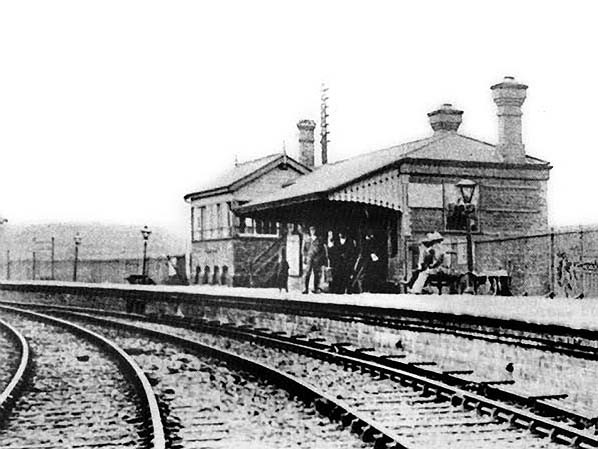
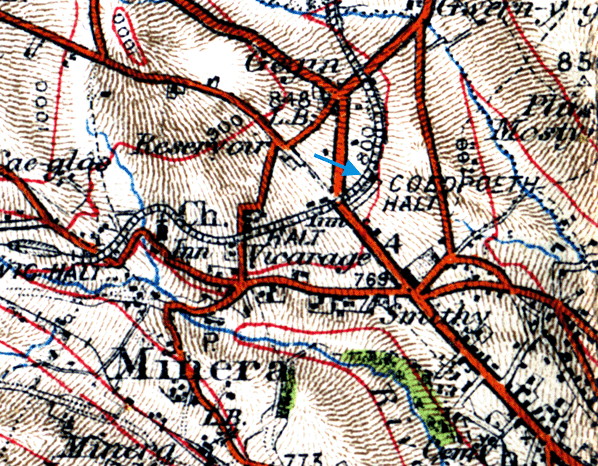
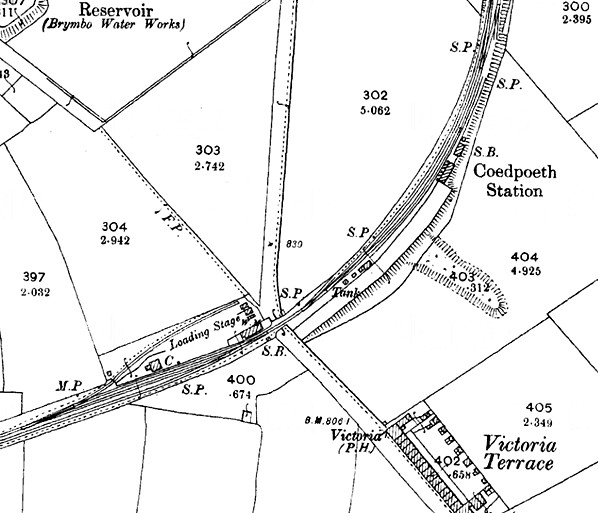
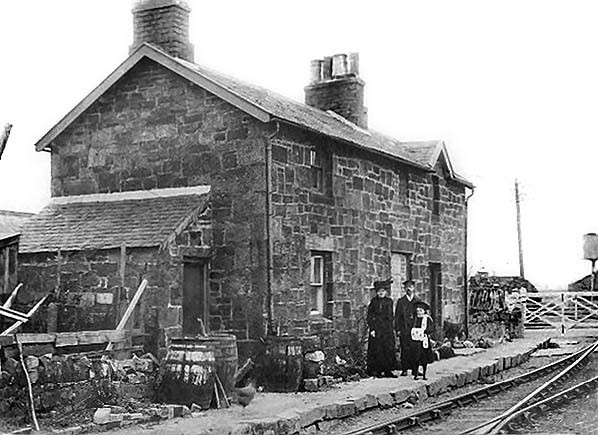
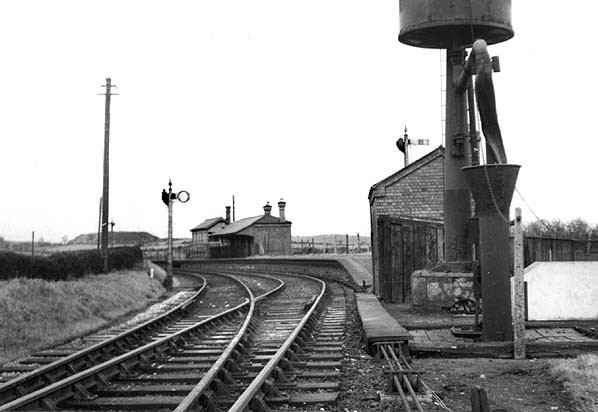
(hcc4.1959).jpg)
.jpg)
.jpg)
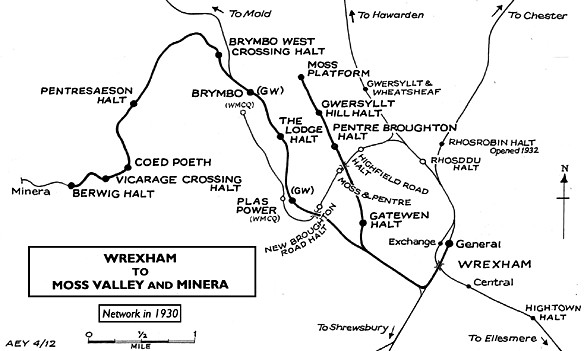


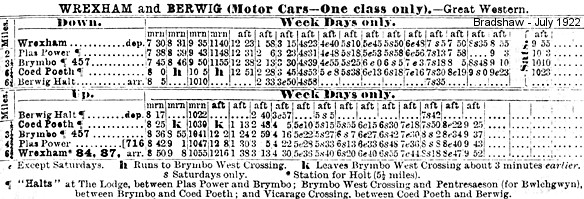
.jpg)
.jpg)
.jpg)
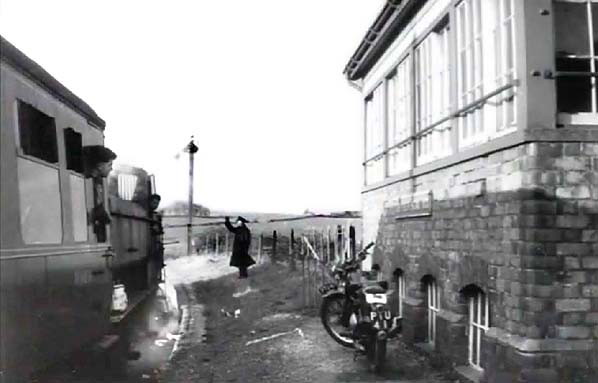

.jpg)
.jpg)
.jpg)

 Home Page
Home Page